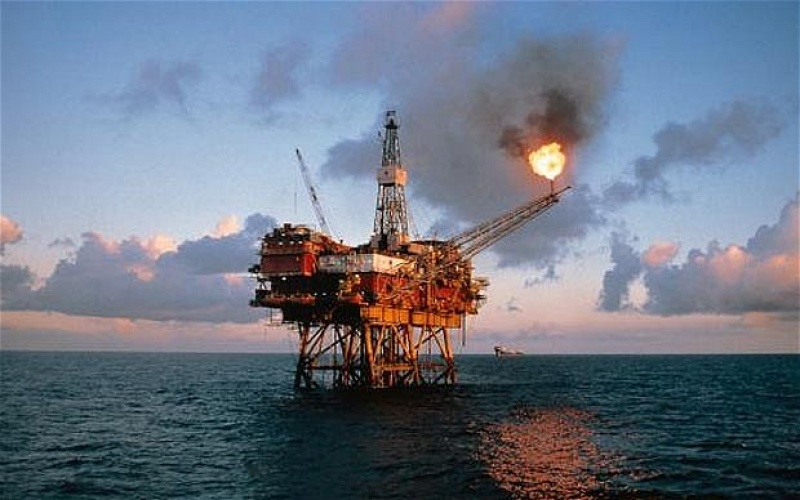| | Business 
[ 2016-11-06 ] 

Oil&Gas: Sub-Saharan investment cut by $100bn
Capital investment in the oil and gas industry in
sub-Saharan Africa has been cut by US$100 billion
over the next five years, according to Wood
Mackenzie's latest report on upstream activity in
the region.
Major oil companies have heavily invested in
sub-Saharan Africa and account for the bulk of
cuts.
Femi Oso, senior research manager for sub-Saharan
Africa at Wood Mackenzie, says: "Exploration cuts
in the region will also contribute to a
longer-term production slump as explorers have
shied away from greenfield prospects, in favour of
appraising known discoveries. However, the
confirmation of the giant Owowo discovery in
deepwater Nigeria shows the quality of resources
sub-Saharan Africa still has to offer."
Wood Mackenzie expects a slow recovery for
exploration. Operators will benefit from cost
deflation and will improve efficiency through
streamlining project design.
"Governments in sub-Saharan Africa need to revive
the upstream oil and gas industry by offering
attractive fiscal terms rather than look to
increase state revenues in the current climate,"
says Oso.
Key themes of Wood Mackenzie's report on
sub-Saharan Africa include:
Deepwater has suffered the deepest capex
cuts due to its high breakeven price relative to
other sectors. Nigeria and Angola have endured the
worst of these cuts. As a result, sub-Saharan
African liquids production will decline to 2.6
MMb/d by 2030, from 4.8 MMb/d presently
The mergers and acquisitions (M&A) market
has slowed down. Buyers and sellers are unable to
align on asset values due to oil price volatility
Deal activity may see an uptick if prices
remain low for longer, as companies opt to divest
non-core assets
Mozambique, Angola and Nigeria lead in
upstream M&A opportunities for players with deep
pockets
Although exploration is down, it's not
out as better-financed explorers take calculated
risks
Gas dominates recent exploration success,
particularly in frontier basins such as the
Senegal-Bove in Mauritania and Senegal
The biggest upstream success story in sub-Saharan
Africa is East Africa’s emergence as a gas
region of global importance. With over 168 Tcf of
gas found and limited regional demand, East Africa
is on track to become a major global LNG supplier
and various export projects are awaiting final
investment decision.
According to Wood Mackenzie's research, Mozambique
and Tanzania gas project economics are resilient
and will "transform the global LNG market".
"Mozambique and Tanzania’s LNG projects have
remained relatively unscathed by cuts and will be
timed to align with global LNG demand growth to
achieve a better price," explains Oso. "The
projects will appeal to buyers looking to
diversify their portfolios and BP has already
committed to offtake all volumes from Eni's Coral
FLNG," he adds.
"The expected increase in gas production in
sub-Saharan Africa, from 6 Bcf/d currently to 13
Bcf/d next decade, is very good news for the
region."
Onshore LNG plants remain the preferred way to
monetise gas, although liquefaction via
third-party-owned floating liquefied natural gas
vessels is emerging as a simpler and less
expensive alternative.
Floating storage regasification units (FSRU) and
piped gas supply to the power sector will play an
increasingly important role in the longer term as
domestic markets develop from their very low base.
An FSRU is a floating LNG import terminal. Source - OE

... go Back | |




